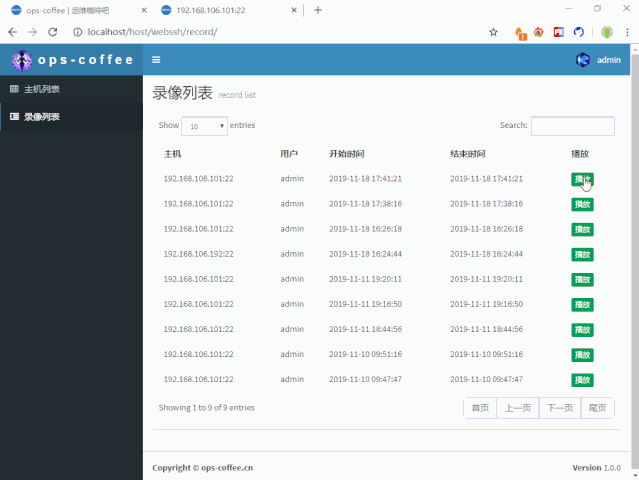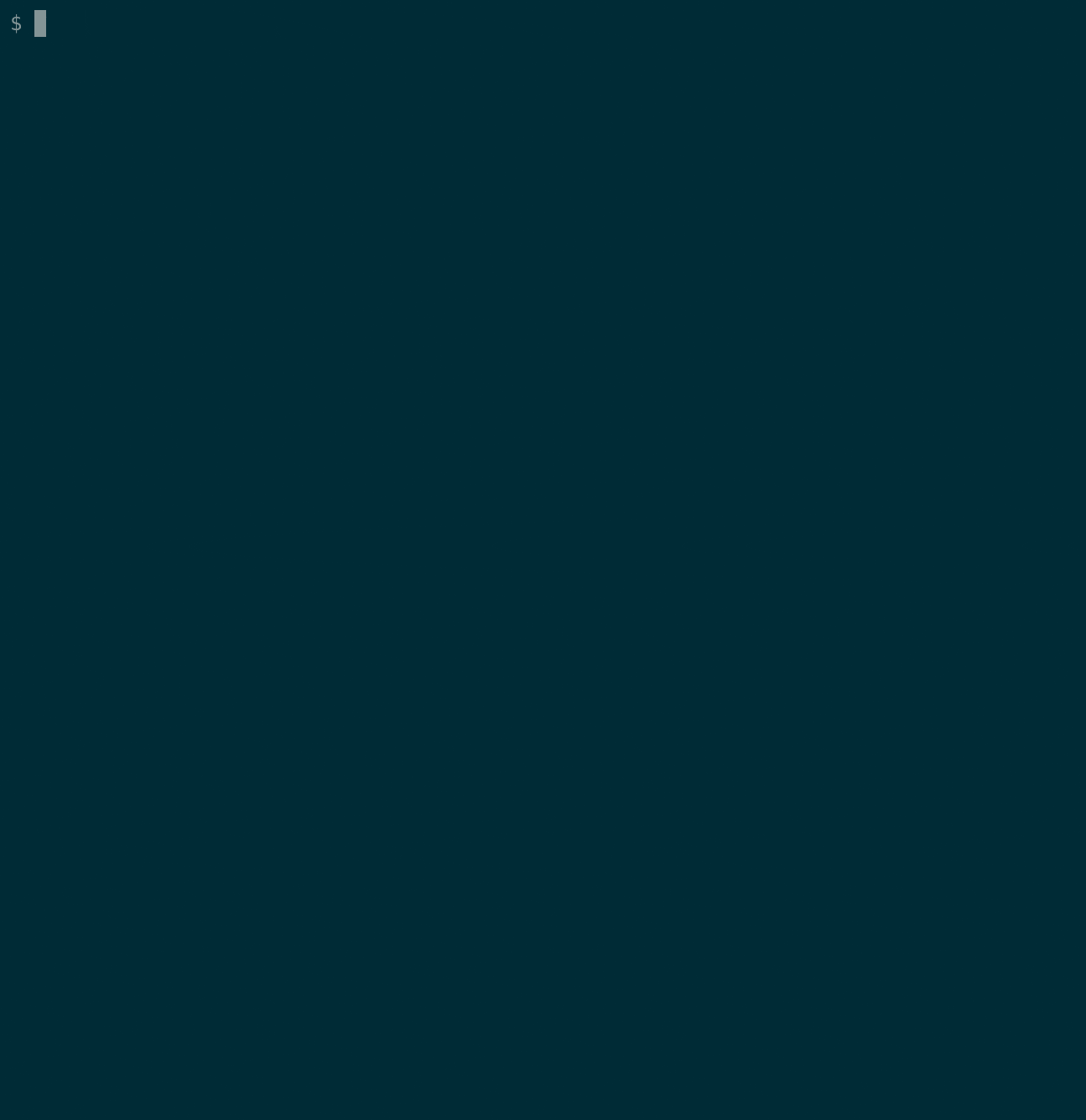

- #Delete asciinema public how to#
- #Delete asciinema public install#
- #Delete asciinema public software#
- #Delete asciinema public password#
- #Delete asciinema public download#
This is more or less the same thing you see on the client side: telnet dmaf5 Last login: Sun Oct 9 01:32: from on pts/1\r\n InsecureContainer]$ tshark -i eno1 -Y 'telnet' -T fields -e telnet.data
#Delete asciinema public how to#
Once again, there is no shortage of SSH tutorials out there, so start with Evans' article How to access remote systems using SSH. TShark can decode Telnet traffic fields in real time. I won't even ask you to run a container instead, I will show you what a live capture looks like (I used the Docker Telnet server for this demo). Sniff a Telnet server passwordĪ Telnet server is one of those services that no one should see on their networks. I won't dive into how to use SFTP, as there are lots of tutorials about SFTP out there, including Evans Amoany's How to use SCP and SFTP to securely transfer files. The solution for this is to use SFTP instead of FTP.
#Delete asciinema public download#
#Delete asciinema public password#
TShark will "nicely" provide the user and password in clear text: "ftp.request": "1", On a different terminal, establish an FTP session against your container: ftp -4 -n -v dmaf5 Tshark -i eno1 -Y ' = USER or = PASS' -T json Take a vsftpd container for a spin, and write a TShark expression that looks for specific FTP fields: podman run -detach -tty -network=host -privileged -name kodegeek_vsftpd -env FTP_USER=admin -env FTP_PASS=insecurepassword -env LOG_STDOUT=yes fauria/vsftpd Use TShark to sniff the password from an FTP serverįTP sends data without encryption. Test the authentication with curl: curl -silent -user admin:notsosecurepassword # We use -insecure because is a self-signed certificateĬurl -insecure -silent -user admin:notsosecurepassword The next step is to check how much sensitive information you can get with TShark. You will use this new SSL certificate for your Podman container running Apache: I used the Fedora 37 Linux distribution and the mkcert application: self_signed_certificates]$ podman run -rm -interactive -tty -volume $HOME/Downloads:/certs mkcert_image mkcert -cert-file /certs/cert.pem -key-file /certs/cert.key dmaf5 localhost 192.168.1.30 ::1 You need a self-signed SSL certificate for this demo, so create a container. This tutorial will capture credentials on basic authentication against an unencrypted HTTPD Apache server. Basic knowledge of network protocols like TCP/IP, HTTP, or FTP (but don't worry too much if you don't).Privileged access to run TShark and containers in a special mode.How to replace obsolete services with more modern alternatives to eliminate this type of attack.How to use TShark to capture and decode network traffic in real time.

Without recreating the wheel here is a asciinema tour by showing k9s in action. $ eval $(/home/linuxbrew/.linuxbrew/bin/brew shellenv) $ echo 'eval $(/home/linuxbrew/.linuxbrew/bin/brew shellenv)' > $HOME/.profile
#Delete asciinema public install#
I didn’t have this on my Ubuntu 20.04 machine so I needed to install this first before installing k9s. I used brew on Linux to keep things simple and straighforward.
#Delete asciinema public software#
software infrastructure, tools, services and support you need for your public and private clouds. The installation instructions can be found on the k9s installation page ( ). sudo snap remove package1 package2 package3. There are few options to install k9s in Linux. In this blog post I will step through installing k9s in a POSIX-oriented systems and hightlight how to use K9s to navigate a Kubernetes cluster find the relevant information. The project is opensource (github: ) and it’s aim is to make it easier to navigate, observe and manage application deployed in Kubernetes. K9s is CLI application that is designed to interact with Kubernetes clusters.


 0 kommentar(er)
0 kommentar(er)
